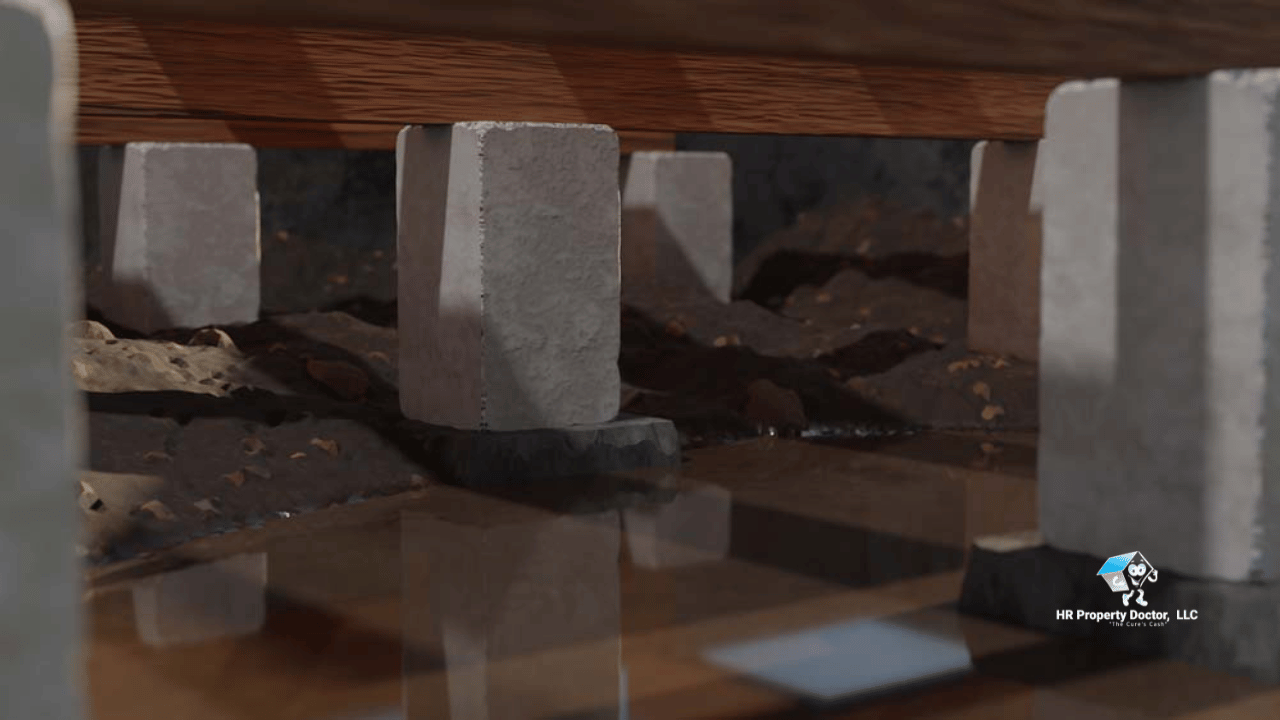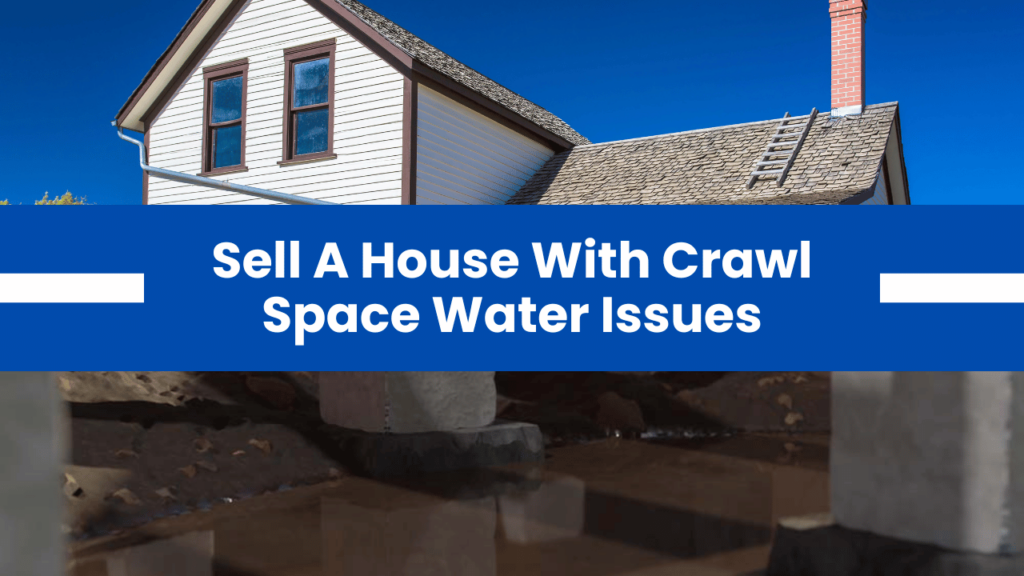
Selling a house is tricky. If there’s water in the crawl space, it might feel even more challenging.
The good news?
Fixing this problem can actually make your home more appealing. Fixing it upfront helps buyers feel confident about your home. It’s also a chance to prove your home is strong and reliable.
However, addressing the issue head-on can turn this hurdle into an opportunity to demonstrate your home’s resilience. It might feel like a deal-breaker, but here’s the truth: you can turn this potential liability into an opportunity with the right strategy.
Addressing the issue head-on and making informed decisions can help you secure a successful sale while minimizing stress.
Here’s a step-by-step guide to navigating this process.
Step 1: Identify and Address the Source of Water
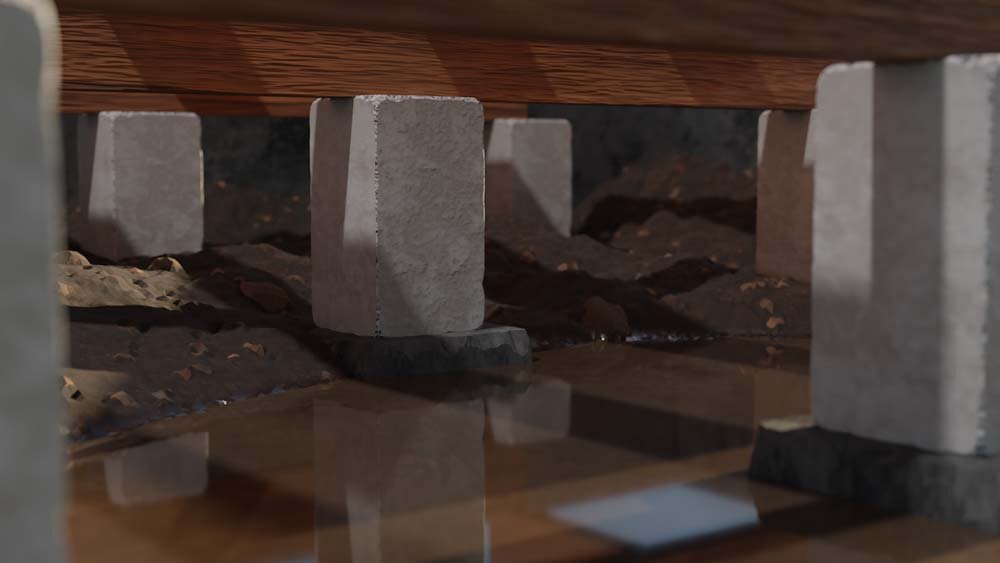
Water in the crawl space doesn’t happen by chance. It’s crucial to identify the source of the water, as addressing the root cause is essential to preventing long-term damage and safeguarding your home’s value. Potential sources include:
- Poor Drainage: Improper grading around your home or clogged gutters can direct water into the crawl space. Tools like moisture meters or infrared cameras can help identify specific problem areas.
- Leaking Pipes: Broken or aging plumbing may be releasing water under your home.
- Groundwater Seepage: High water tables or heavy rainfall can saturate the soil, leading to water intrusion.
- Condensation: Poor ventilation can cause warm air to condense on cool surfaces in the crawl space.
- Leaking Pipes: Broken or aging plumbing may be releasing water under your home.
- Groundwater Seepage: High water tables or heavy rainfall can saturate the soil, leading to water intrusion.
- Condensation: Poor ventilation can cause warm air to condense on cool surfaces in the crawl space.
Actionable Tip: Hire a professional inspector or contractor to diagnose the issue. If it’s a simple fix like cleaning gutters or repairing a pipe, tackle it immediately. More extensive issues like groundwater seepage may require sump pumps, drainage systems, or crawl space encapsulation.
If you’re considering buying or selling a property with crawl space issues, check out this:
Step 2: Make Necessary Repairs
Repairs like sealing cracks, replacing insulation, and addressing structural damage typically range from $500 to $10,000, depending on severity.
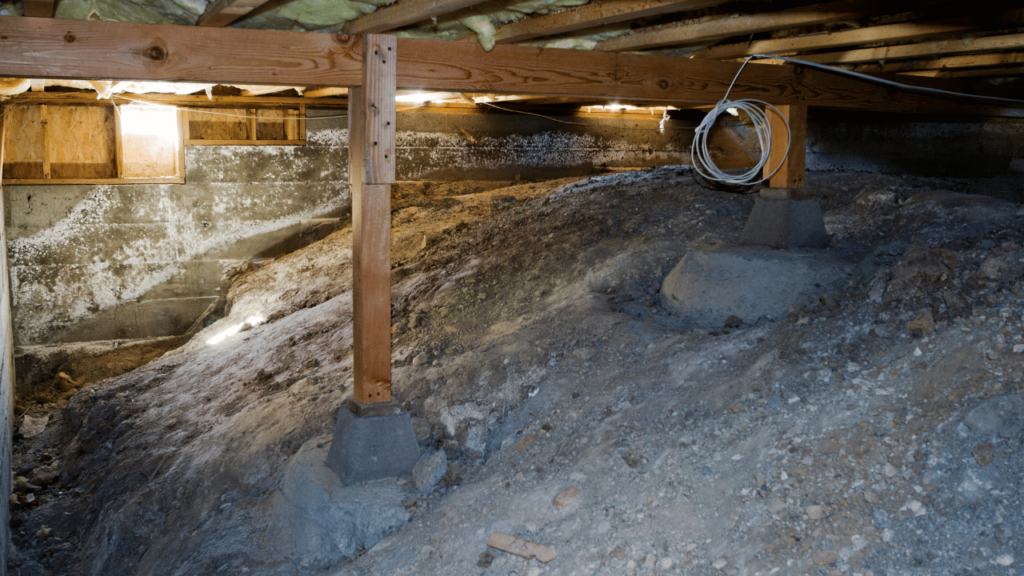
Here’s a quick cost breakdown:
| Repair Type | Estimated Cost Range |
|---|---|
| Sealing cracks | $500–$1,500 |
| Sump pump installation | $1,500–$3,500 |
| Full encapsulation | $5,000–$15,000 |
Once the source of water has been identified, it’s time to address the damage. Taking proactive steps to repair your crawl space can significantly increase your home’s appeal to buyers. Repairs like sealing cracks, replacing insulation, and addressing structural damage typically range from $500 to $10,000, depending on the severity.
Common Repairs Include:
- Fixing Structural Damage: Prolonged exposure to water can weaken your home’s foundation or framing.
- Replacing Damaged Insulation: Wet insulation loses its effectiveness and can harbor mold.
- Encapsulation: Sealing the crawl space can prevent future water issues and improve energy efficiency.
Why It Matters: Buyers appreciate transparency and value the assurance that problems have been professionally resolved. Highlighting a repaired crawl space showcases your proactive maintenance, making it easier to justify your asking price and build buyer confidence.
Step 3: Conduct a Pre-Listing Inspection
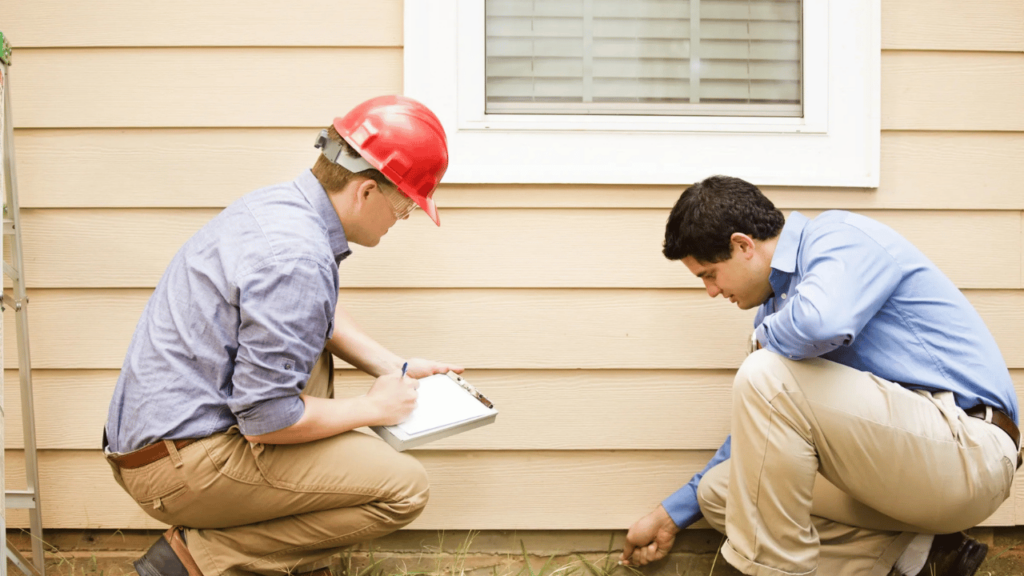
A pre-listing inspection is a powerful tool for addressing potential buyer concerns before they’re even raised. By obtaining an independent inspection report, you can:
- Identify Hidden Problems: Ensure there are no lingering issues in the crawl space or elsewhere.
- Provide Transparency: Show buyers you’ve taken steps to address the water issue professionally.
- Set the Right Price: Use the inspection to justify your pricing based on the home’s condition.
Pro Tip: Share the inspection report with potential buyers to build trust and confidence in your home’s quality.
Step 4: Disclose the Water Issue Transparently
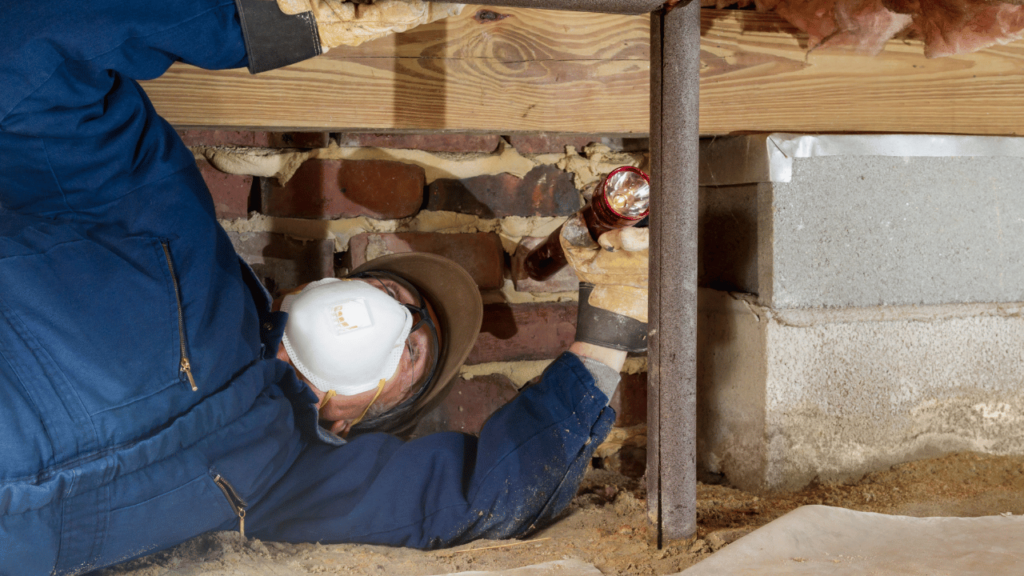
Honesty is not just ethical—it’s often a legal requirement under real estate disclosure laws. Disclosing water issues openly builds trust and reassures buyers that they are making an informed decision.
Transparency can also help avoid legal complications or renegotiations later. Most jurisdictions mandate sellers to disclose known issues, including past or present water damage in the crawl space. Failing to disclose could lead to legal repercussions down the line. For guidance on real estate disclosures, see the National Association of Realtors’ Code of Ethics.
How to Disclose Effectively:
- Be Honest About the Issue: Clearly explain the source of the water and the steps taken to resolve it.
- Showcase Repairs: Provide receipts and documentation for any work completed, including contractor warranties.
- Focus on Prevention: Highlight measures taken to prevent future water problems, such as improved drainage or encapsulation.
Why Transparency Works: Buyers value honesty and are more likely to trust a seller who’s upfront about potential concerns.
Step 5: Price the Home Appropriately

Pricing is crucial when selling a house with a history of water issues, making real estate pricing strategies and home valuation tips essential considerations. Even if you’ve resolved the problem, buyers may perceive it as a risk and expect a discount. Strike the right balance by factoring in:
- Market Conditions: Research comparable home sales in your area to determine a competitive price.
- Repair Costs: Account for the money you’ve spent addressing the water issue.
- Buyer Perception: Consider how buyers might view the water issue and adjust your pricing accordingly.
Pro Tip: Work with a real estate agent experienced in selling homes with similar challenges. They can help you set a realistic price that attracts buyers while maximizing your return.
Step 6: Enhance the Home’s Appeal
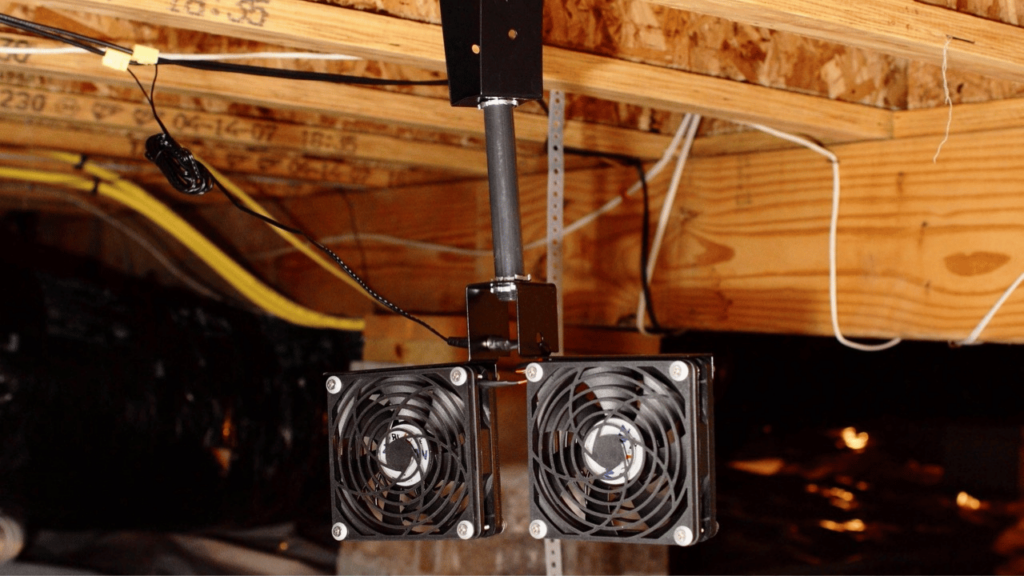
Installing solar-powered crawl space fans or adding energy-efficient lighting can attract eco-conscious buyers while improving the home’s energy profile.
Even with a repaired crawl space, first impressions matter. Boosting your home’s curb appeal and presentation shifts attention away from past water issues, emphasizing its best features.
Consider upgrades like fresh landscaping, modern staging, or adding smart home devices like thermostats and LED lighting to maximize property value and attract eco-conscious buyers.
Steps to Boost Appeal:
- Improve Landscaping: Ensure proper grading around your home and tidy up the yard.
- Declutter and Stage: A clean, well-staged home feels inviting and well-maintained.
- Showcase Energy Efficiency: If encapsulating the crawl space improved your home’s energy efficiency, highlight this as a selling point.
Actionable Tip: Include the crawl space in your open house walkthrough. Showing buyers the repairs firsthand can ease any lingering concerns.
Maximize Value by Resolving Crawl Space Issues
By addressing crawl space water problems, you’re not just fixing an issue—you’re increasing your home’s market value and appeal. Homes with resolved issues often sell faster and attract more confident buyers.
Don’t let water in the crawl space hold you back—start these six steps today and turn a challenge into an opportunity for success!
Selling a house with water in the crawl space might feel overwhelming, but it’s manageable if you follow these steps and stay proactive. By identifying the source of the water, addressing repairs, and being transparent with buyers, you can turn a potential obstacle into a selling point.
Remember, buyers aren’t just purchasing a house—they’re buying peace of mind. Follow these six steps, and you’ll be well on your way to a successful sale. Contact HR Property Doctor for expert help in navigating the home-selling process.
